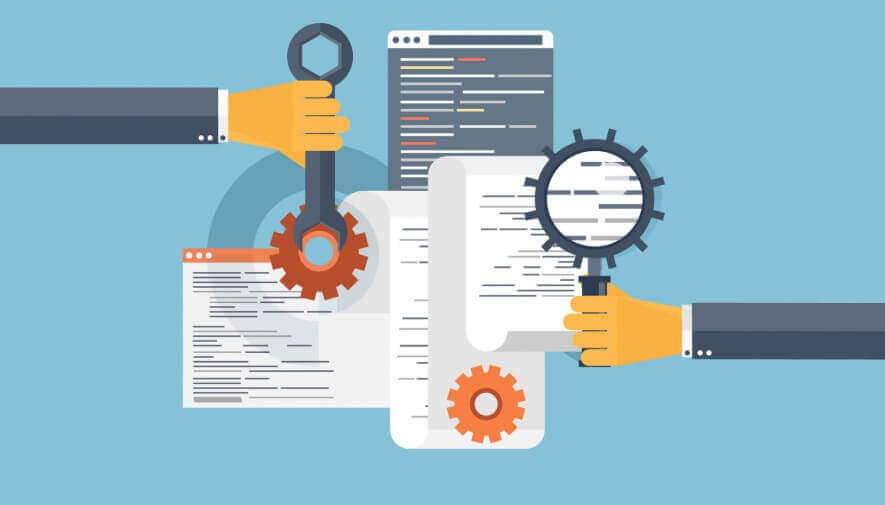Top 7 Onsite SEO Factors to Optimise

There are lots of things you can do to optimise your website for Google. In fact, you could work on your website full-time for the next month and probably not get through the full list. Therefore, the best approach is to focus on the most important onsite SEO factors to optimise. Here are our top seven.

1. Optimise for Mobile
The starting point is to make sure you have a fully responsive and optimised site on mobile. For several years now, Google has been shifting its focus towards mobile as it sees its users increasingly turn to mobile devices. One of the latest developments is mobile-first indexing.
These changes in the way Google works means having a mobile website is now essential, plus it must be fully optimised. The best advice is to concentrate on getting the mobile version of your website right as a priority.
2. Optimise Headlines
The headlines on your pages are crucial to onsite SEO. Here are some things you should check:
- The main headlines of your pages should be in h1 tags
- Use h2 tags for subheadings in the page
- Add keywords to headlines and use those keywords as close to the start of headlines as possible
- Ensure your headlines are the right length
Following on from the last point in the list above, what is the right length and why is it important? When Google displays your website on a search results page, it uses the H1 tag. It only gives this tag a limited number of characters, however – about 70.
If you don’t keep your headline to within 70 characters, Google will cut it, replacing the end with ellipses (…). This can impact click-through rate as users cannot see the full headline.
3. Optimise Content
The next thing you should look at is the content on the pages of your website. Here are the main things you should focus on:
- You should include the main keyword for the page in the first paragraph, ideally in the first sentence.
- You should also make sure there is sufficient content on the page, although how much will depend on the topic of the page and its function.
- Make the content easy to read too. You can do this by using short sentences, short paragraphs, frequent subheadings, bullet point lists, numbered lists, and everyday language.
4. Add Internal Links
Internal links to other pages on your website help users find the information they need. This can also help build your brand as the user will get a better understanding of your knowledge and skills.
Internal links help Google better understand the content on your website too.
5. Add Outbound Links
It might sound counterintuitive to include links on your website that send people away, but outbound links do help with SEO. They make your content more credible both from a user’s perspective and from Google’s. They also help Google get a better understanding of what your content is about
6. Optimise Images
Optimising images is another essential element you should focus on. Firstly, make sure your images are high-quality, unique, and relevant. You should also make sure you use an appropriate filename. This can be the headline of the page, or it can be a filename that describes when the image is about.
You should also add alt text to your images as alt text helps Google understand them.
7. Optimise the Speed of Your Website
The final tip is to optimise the speed of your website. Google has been obsessed with speed from day one. Just look at the top of any search results page – it tells you how many pages it checked in its index as well as how long it took it to do that check.
According to Google, the speed of the mobile version of your site is particularly important.
Start by checking the speed of your site using Google’s PageSpeed Insights tool. It will give you tips on areas that require improvement.
By focusing on these seven areas, you will improve the onsite SEO of your website.


Comments are closed.